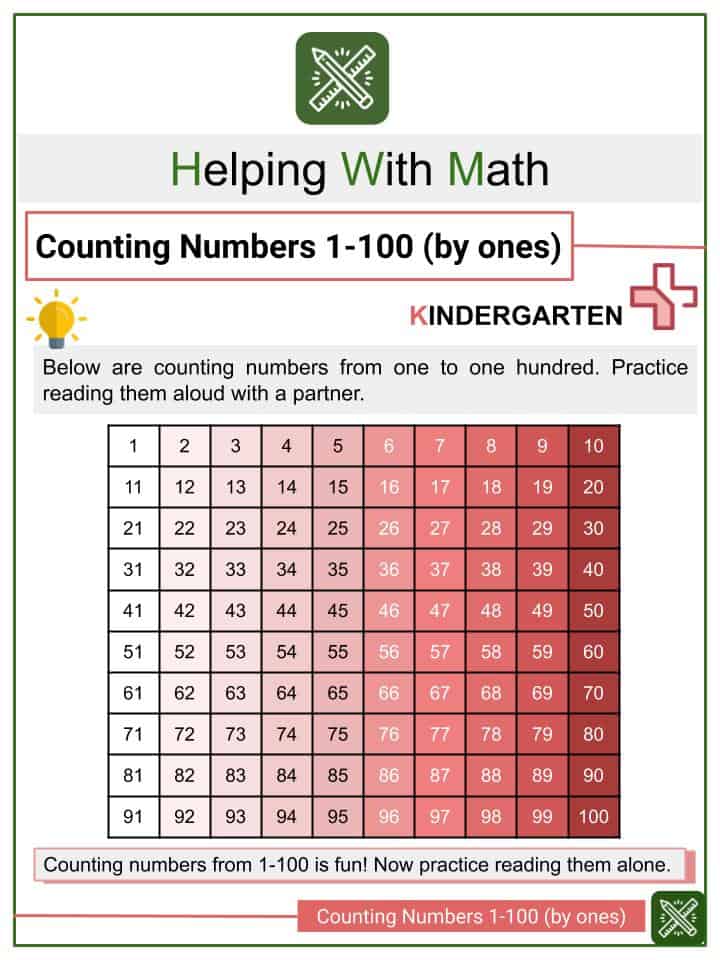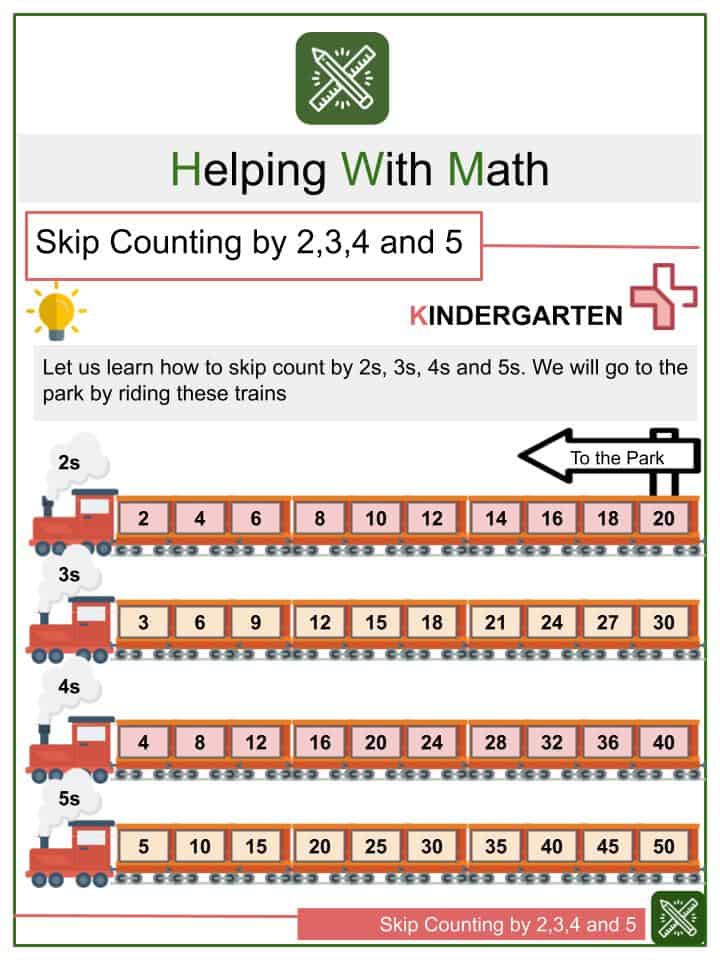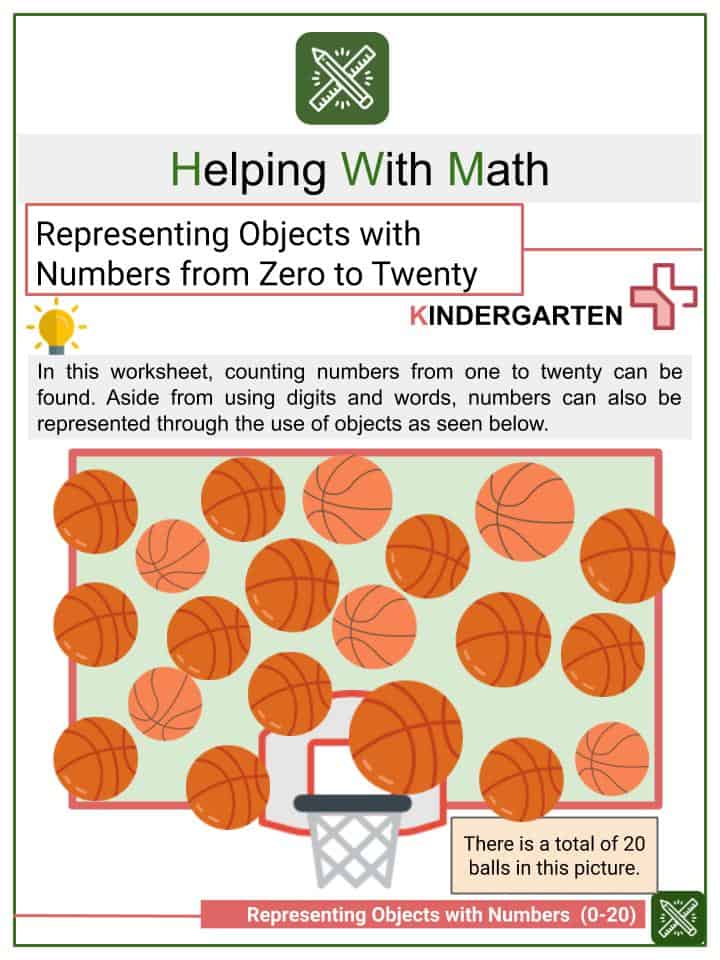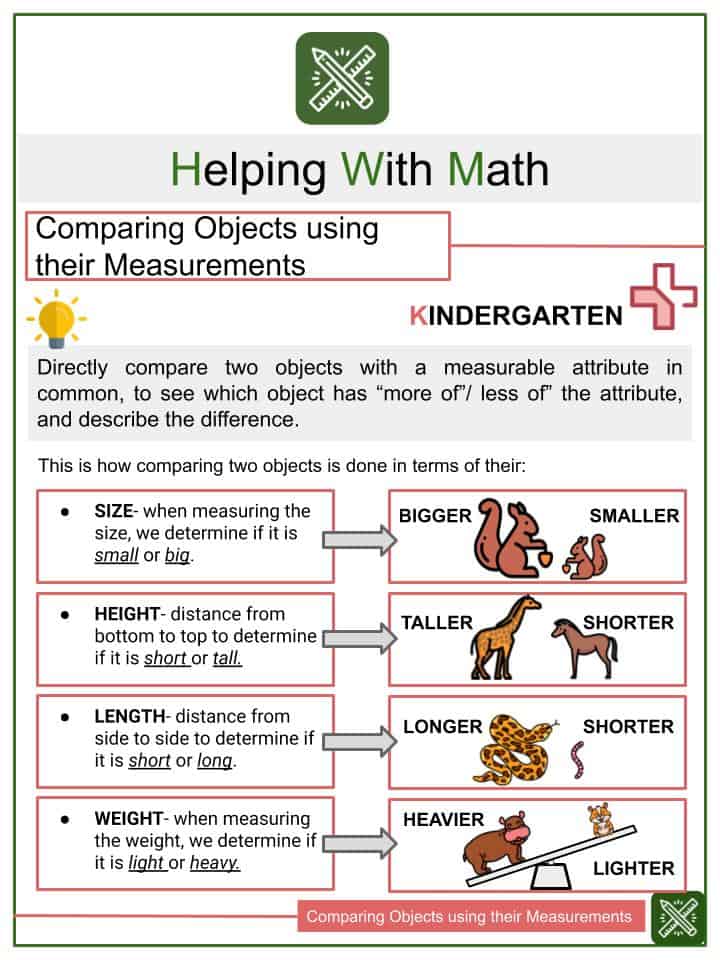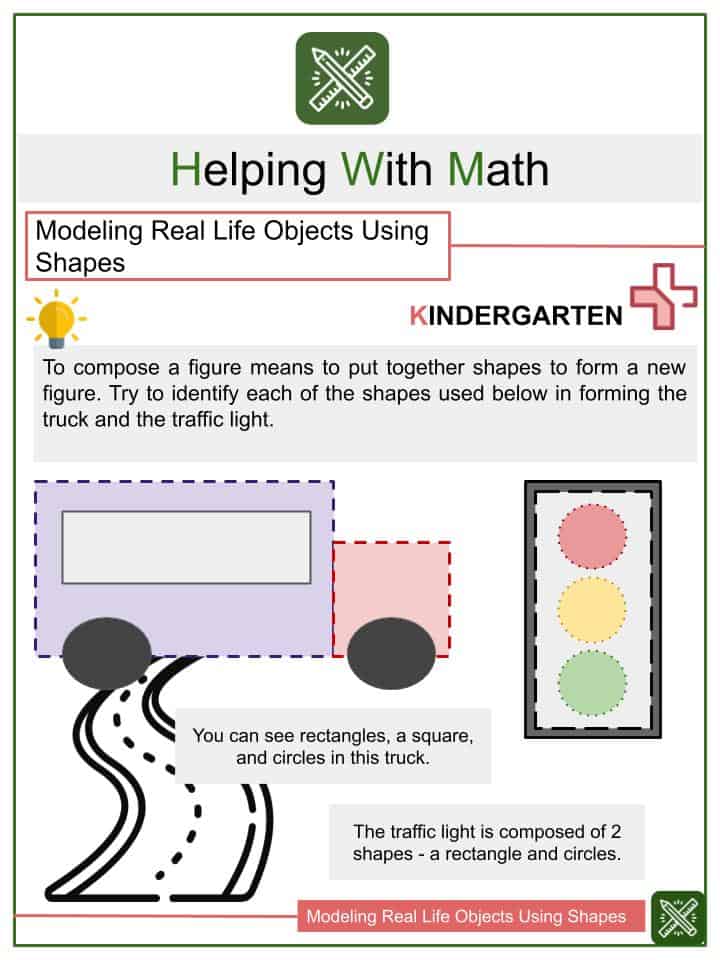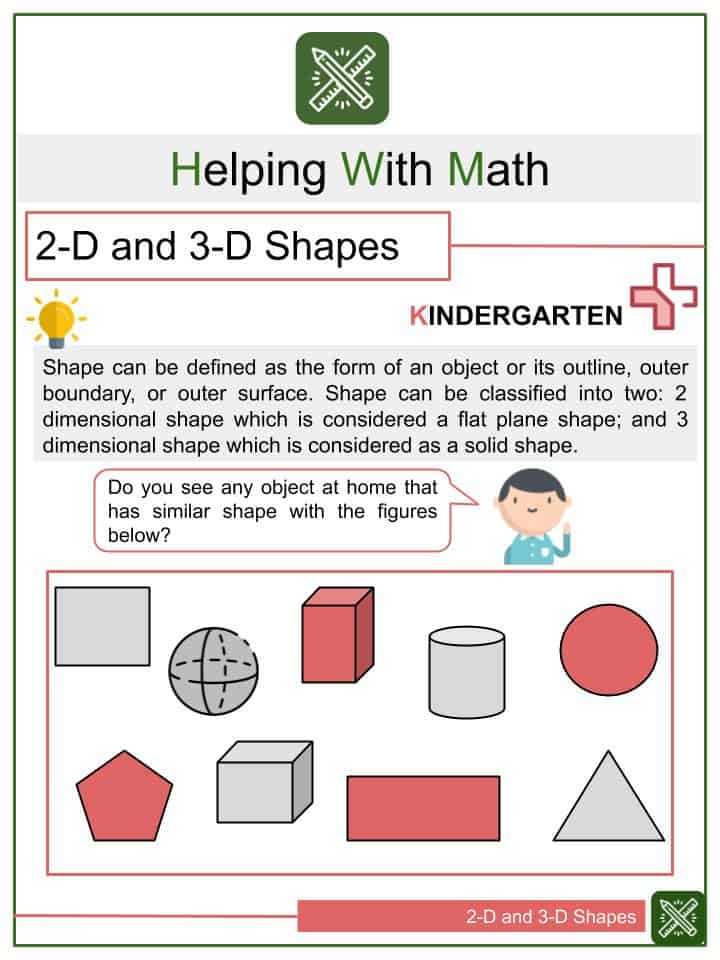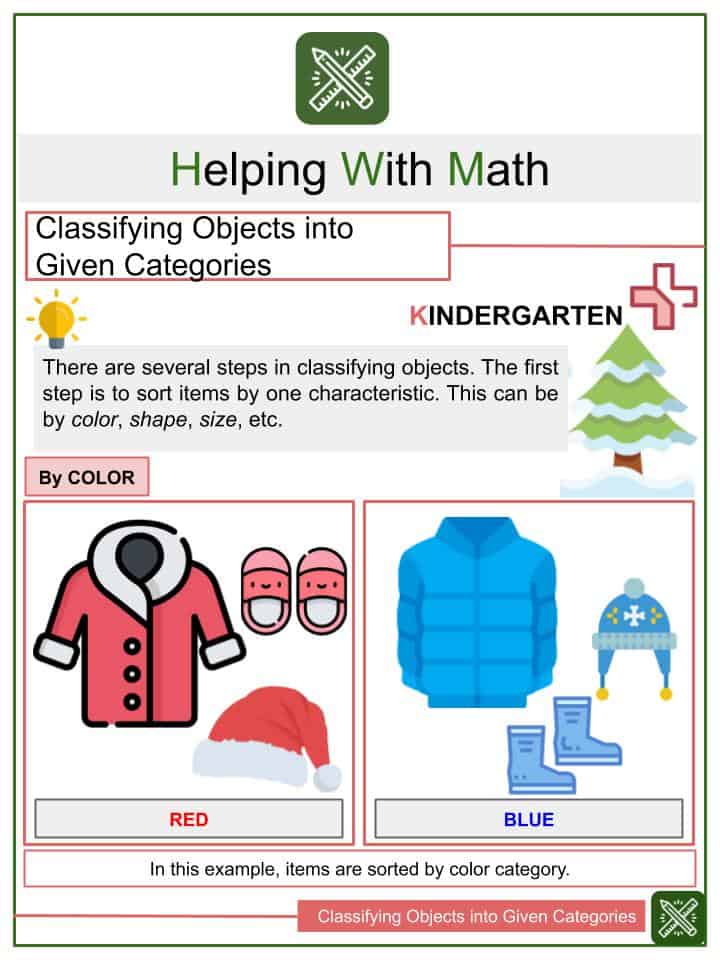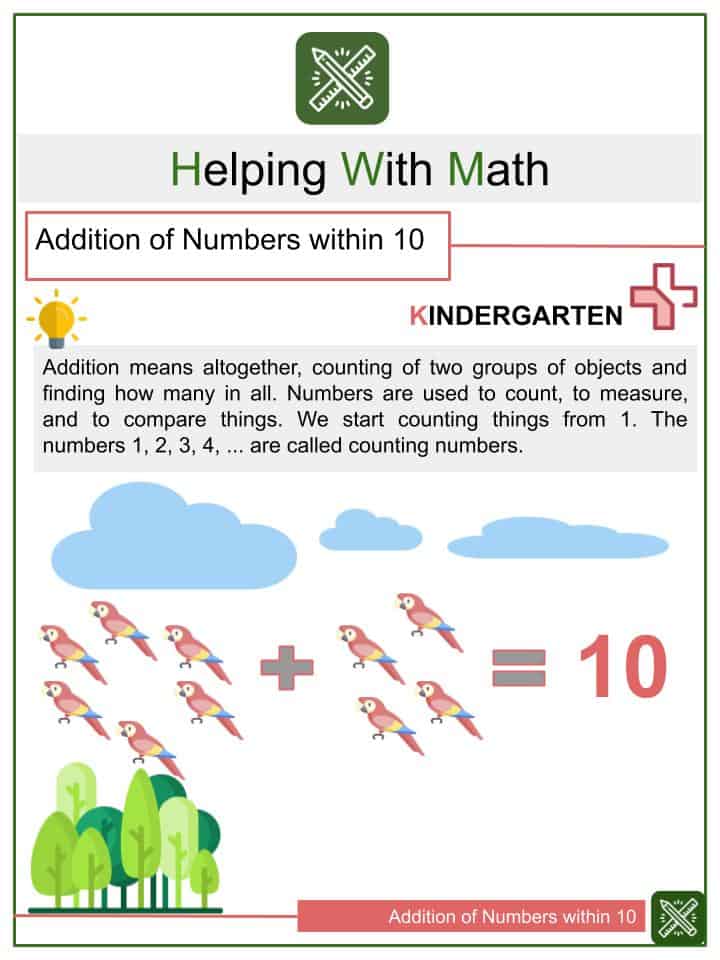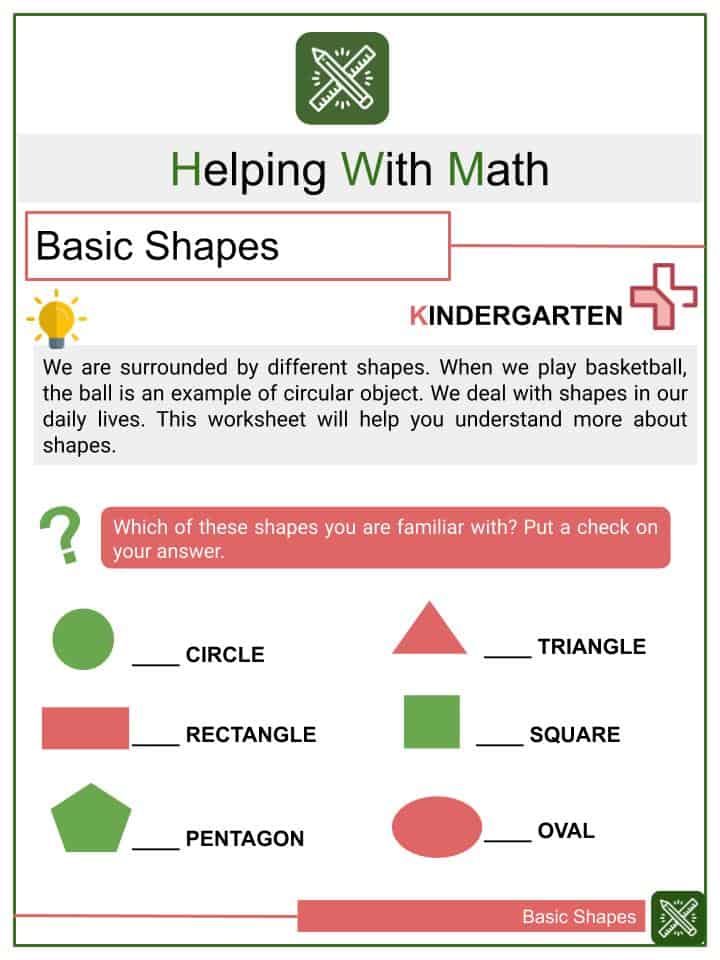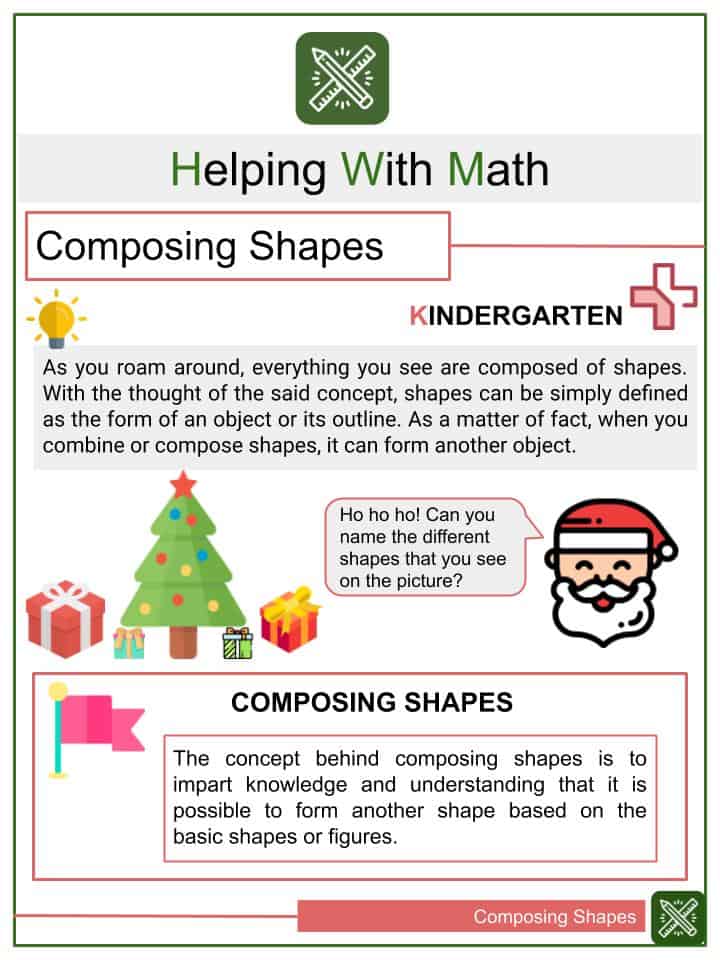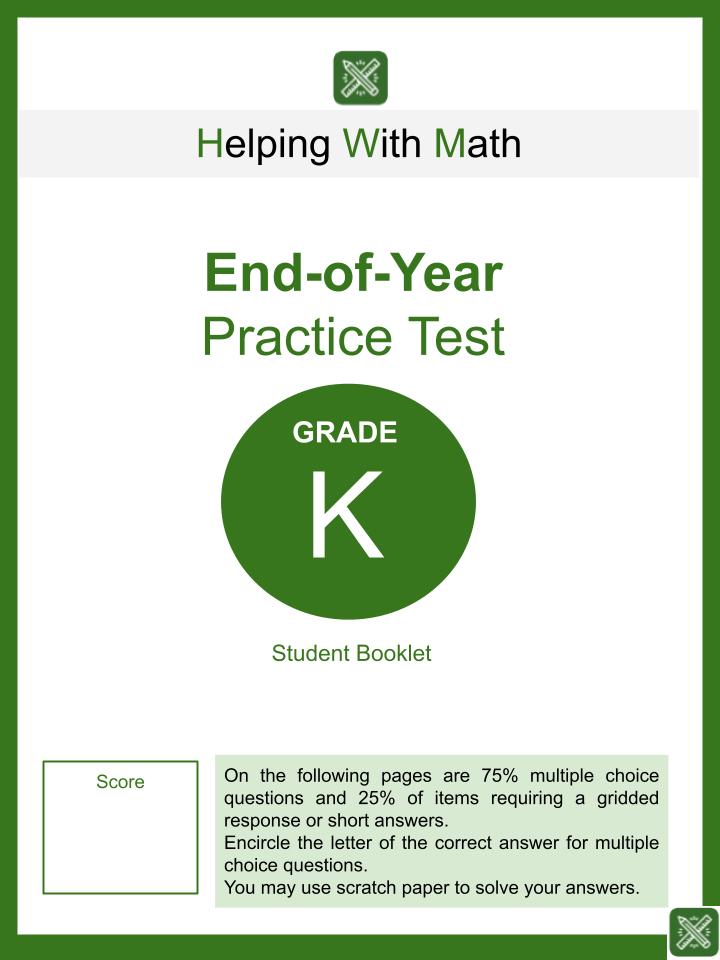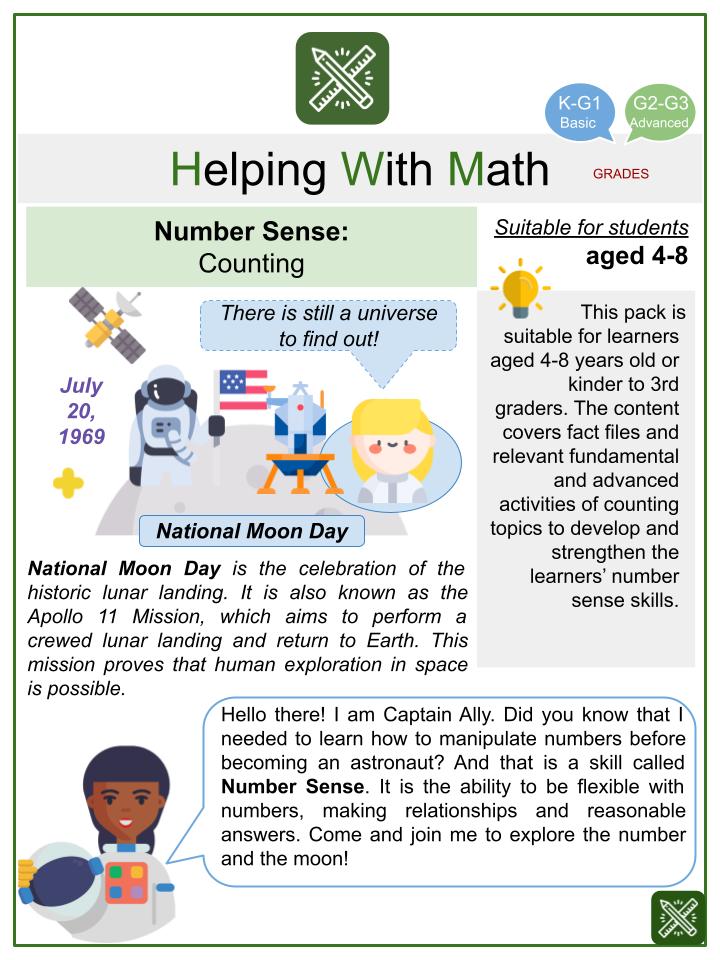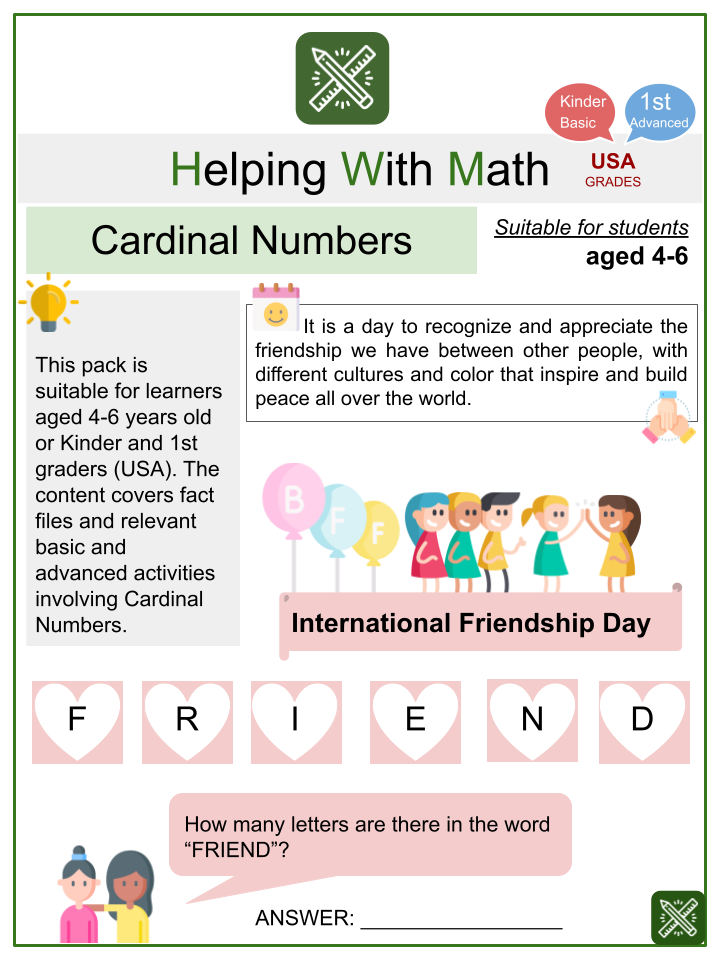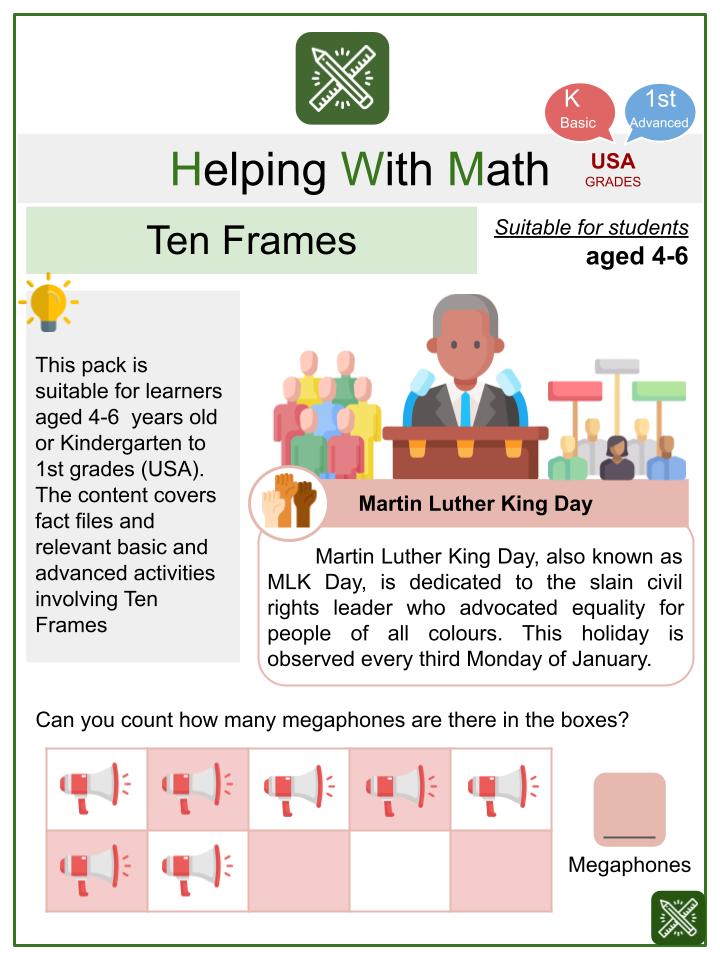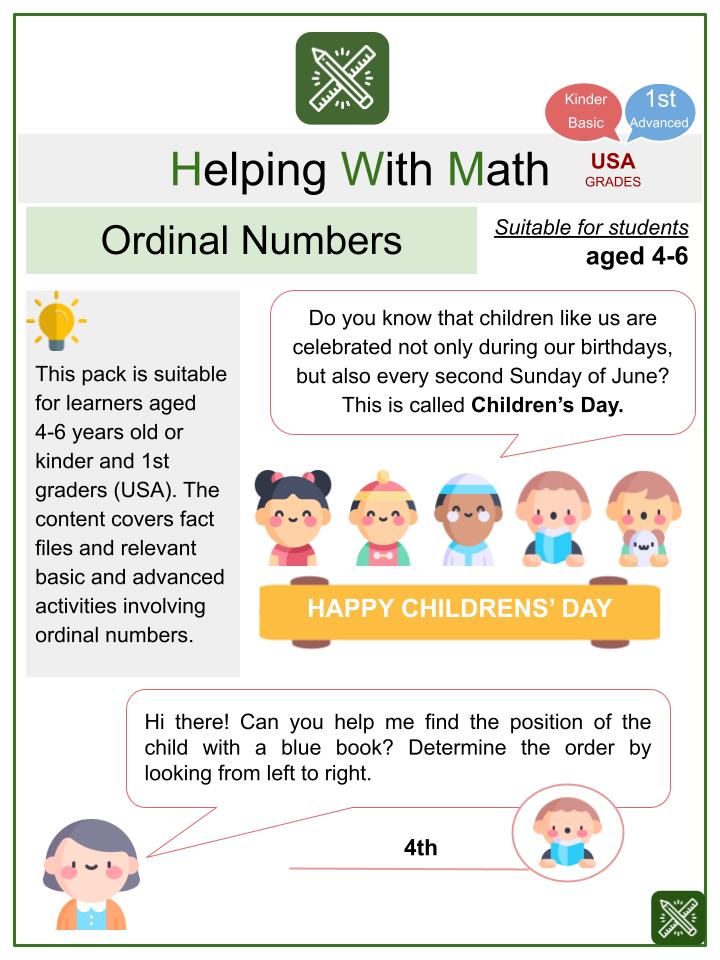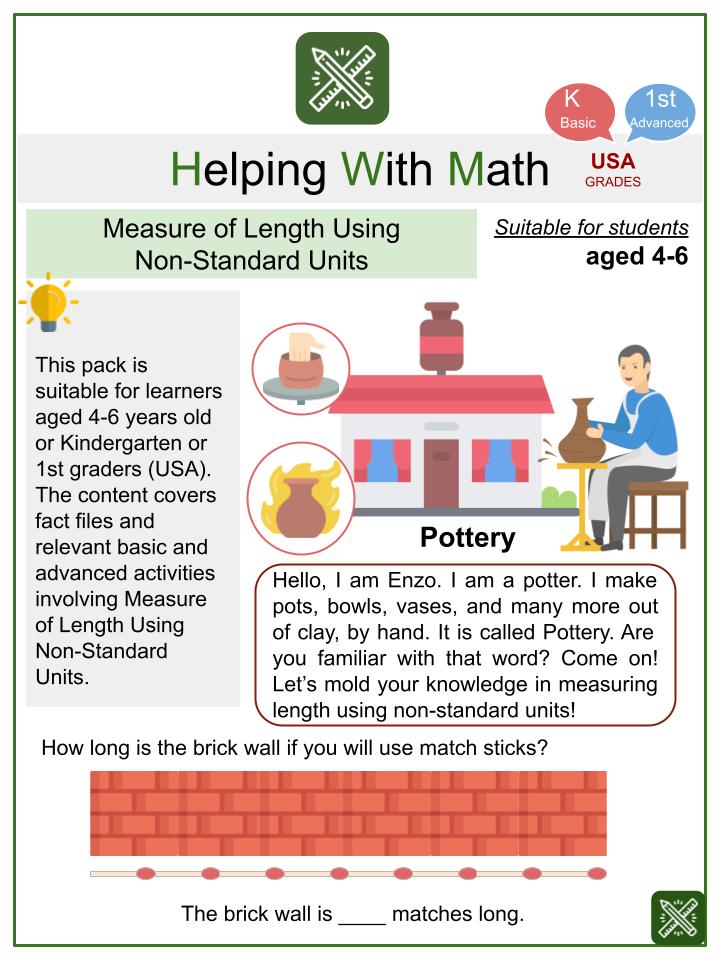Kindergarten Math Worksheets
In this section, you can view all of our Kindergarten math worksheets and resources. These include common-core aligned, themed and age-specific worksheets. Perfect to use in the classroom or homeschooling environment.
We add dozens of new worksheets and materials for math teachers and homeschool parents every month. Below are the latest Kindergarten worksheets added to the site.
Kindergarten Common Core Aligned Learning Objectives & Standards:
Learning objectives:
In Kindergarten level, learners are expected to focus on two important areas:
(1) making sense of the concepts of whole numbers by representing, relating, and operating on it that usually starts with sets of objects; and
(2) describing basic shapes and space by relating them to their physical environment.
Since this is a developing stage for the formation of the mathematical literacy of the children, more learning time in kindergarten is allotted to number sense rather than any topic.
Skills to develop:
a. Conceptual skills
- Learners make use of numbers, including written numerals, to represent quantities and to solve quantitative problems, such as counting objects in a frame; counting out a given number of objects; differentiating sets or numerals; reasoning out which is more, less, or equal; and composing simple joining and separating situations with ten frames or sets of objects, or later on with basic mathematical sentences such as 6 + 3 = 9 and 6 – 3 = 3.
- Kindergarten learners are also expected to associate number bonds and fact families to establish relationships among numbers.
- Learners should be able to describe their physical world using simple geometric concepts (e.g., shape, orientation, spatial relations) and vocabulary.
- They should recognize, label, and differentiate basic two-dimensional shapes, such as squares, triangles, circles, rectangles, and hexagons, from solid or three-dimensional figures such as cube, prism, cone, pyramid, etc, that are presented in a variety of ways (e.g., with different sizes, and orientations).
- They should also compare and contrast shapes as symmetrical or asymmetrical categories.
b. Procedural skills
- Learners should be able to select, modify, and demonstrate effective strategies for solving quantitative questions, including recognizing the cardinalities of small sets of objects, counting and producing sets of given sizes, counting the number of objects in combined sets, or counting the number of objects that remain in a set after some are taken away, counting numbers using their fingers and other manipulative materials, identifying a larger or smaller sets, utilizing skip counting for faster calculation, and initially illustrating basic concepts of fractions such as halves and quarters.
- They should be able to draw and illustrate basic and solid shapes given their unique attributes. As well as predicting shape patterns.
- Other than these, kindergarten learners are already introduced to non-standard units of measurement which will be strengthened when they are promoted to the next level.
c. Life skills
- Even though it is not required for them to show mastery of addition and subtraction of numbers within 10, learners in this level are encouraged to appreciate how number recognition and counting can be useful in their daily lives.
- Counting real-life objects or materials such as determining the number of toys and crayons they have, the number of candies left after they ate some of it, etc. In addition, these lessons should make the kids appreciate the application of their mathematics lessons in their daily lives and giving them opportunities to enjoy and play while learning math are also the priorities in this level.
- They should be able to use basic shapes and spatial reasoning to model objects in their environment and to construct more complex shapes.
